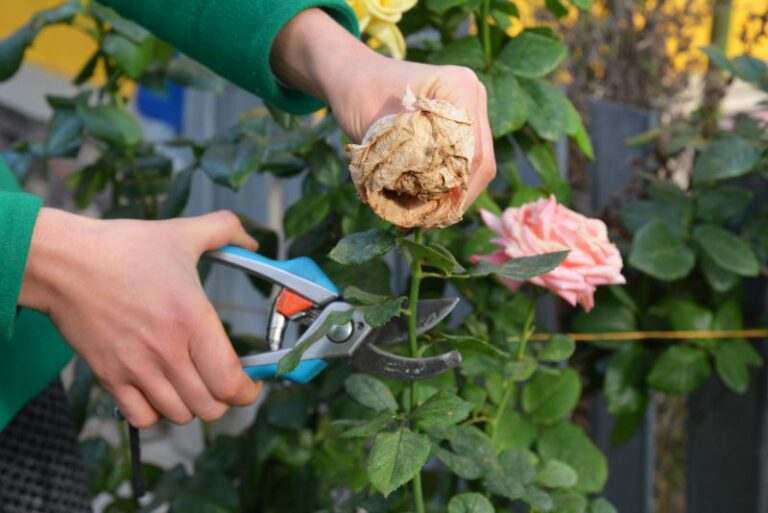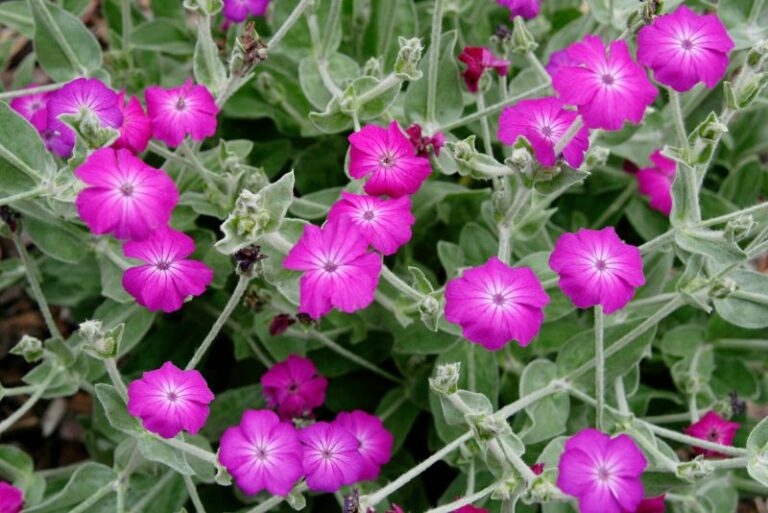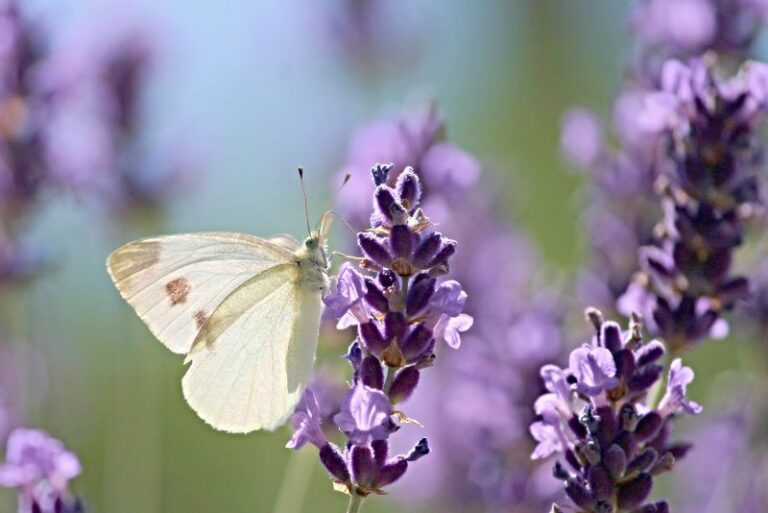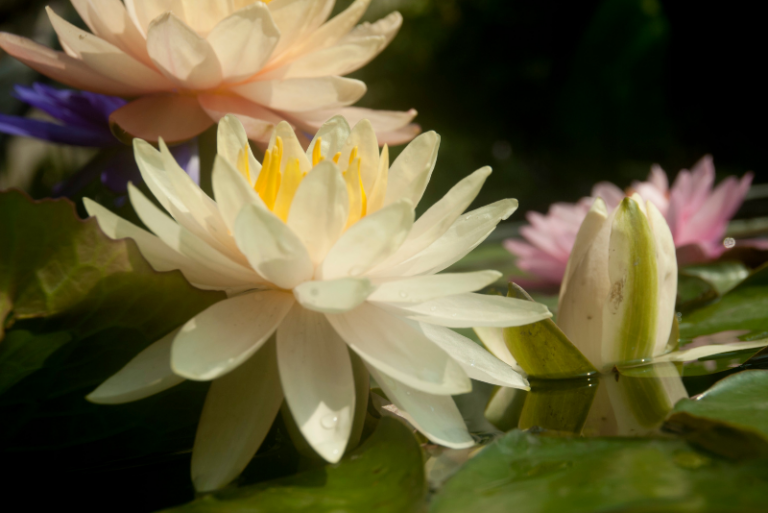Why Are My Orchids Turning Black or Brown? Key Reasons and Care Strategies
Orchids are often treasured for their delicate, exotic beauty, but for those who care for them, the sight of their beloved blooms turning black or brown can be deeply distressing. These colors can signal a variety of ailments, indicating that it’s time to take action to save your beloved plant. Understanding the causes and remedies for this issue is crucial for any orchid enthusiast. In this comprehensive guide, we will explore the main factors that can cause black or brown discoloration in orchids, as well as provide actionable tips to prevent and treat the problem.
Understanding Orchid Health
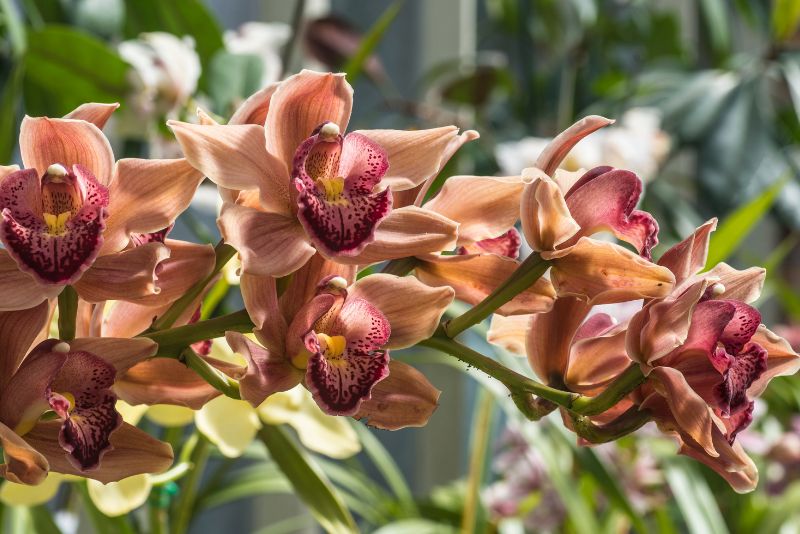
Before we jump into the specifics of black or brown discoloration, it’s essential to understand what constitutes a healthy orchid. Orchids, like all plants, have their unique set of signs that indicate positive or negative health. Healthy orchids have firm, green leaves, strong, unblemished stems, and vibrant, colorful flowers. Any deviation from these signs should be investigated promptly to prevent further damage.
Signs of stress in orchids can be either subtle or dramatic. They might include wilting leaves, spotting, leaf drop, or discoloration. When this happens, quick and appropriate action can often reverse the damage and restore your orchid’s health.
Common Causes of Black/Brown Orchids
Overwatering
One of the most common culprits behind black or brown orchids is overwatering. Orchids generally should not be treated like your average household plant—they are accustomed to a pattern of wet and dry periods. The roots need to breathe, which means they require oxygen supplied by drying out between waterings. When an orchid is overwatered, the excess moisture can lead to root rot, and the symptoms often manifest as blackening of the affected area.
Underwatering
Surprisingly, underwatering can also lead to black or brown orchids. A lack of water can deprive a plant of the necessary nutrients, leading to a condition called desiccation. In desiccation, plant cells essentially “die of thirst,” leading to discoloration and a weakened overall appearance.
Poor Light Conditions
Orchids are generally light lovers, but they need the right kind of light. Insufficient light can lead to a lack of chlorophyll, which can make an orchid’s leaves turn yellow or brown. Conversely, excessive direct sunlight can lead to sunburn, which initially appears as mottling or darkening of the leaves.
Temperature Extremes
Orchids are often native to tropical or subtropical regions and are adapted to fairly consistent temperatures. Exposing orchids to sudden, drastic changes in temperature can lead to stress and discoloration. Extreme cold might cause purpling or brownish discoloration of leaves, while heat stress might lead to yellowing or bleaching of the foliage.
Remedies and Solutions
If you discover that your orchid is turning black or brown, don’t panic. Often, the damage is reversible, especially if caught early. Here are some strategies to help steer your orchid back to health:
Adjusting Watering Frequency
Assess your watering routine. Are you allowing the medium to dry out between waterings? Do you know how much water your orchid requires? Understanding your specific orchid’s needs is key. If you suspect overwatering, allow the medium to dry out and adjust your watering schedule accordingly. For underwatering issues, ensure you’re providing enough water during each watering session. It can be helpful to use a consistent watering method and track how your orchid responds to find the optimal schedule.
Repotting Techniques
If the root system is already compromised due to overwatering, repotting may be necessary. When repotting, carefully inspect the roots for any signs of rot—healthy roots are usually plump and green or white. Trim away any dead or dying roots with sterile scissors. Repot in a well-draining medium, such as orchid bark or sphagnum moss, in a pot with ample drainage.
Light and Temperature Management
Assess the location where your orchid is kept. Is it receiving the right kind of light? Depending on the species, orchids may prefer bright, indirect light or dappled shade. Ensure the plant is not placed near a drafty window or air conditioning vent. Consistent temperature is also important. Aim to keep your orchid in the temperature range that suits its species, with only slight variation allowed.
Preventive Care Tips
The best way to treat black or brown discoloration is to prevent it from happening in the first place. Here are some preventive care tips:
Proper Orchid Care Practices
Research the specific needs of the orchid species you’re caring for. Each may have slightly different requirements for light, water, and humidity. Familiarize yourself with these to provide the best care possible.
Monitoring Plant Health Indicators
Stay vigilant for subtle signs of stress. Regularly inspect your orchids for any changes in their appearance. The sooner you notice an issue, the quicker you can act to resolve it.
Expert Insights on Orchid Health
Dr. Lorraine Green, Botanist and Orchid Specialist
“Understanding an orchid’s native environment is crucial in providing the right care; it’s about recreating the natural conditions as closely as possible.”
John DeMott, Horticulturist
“Overwatering is the number one killer of orchids. More orchids die from too much love than from neglect.”
Maria Lopez, Orchid Grower and Educator
“Proper drainage and aeration are vital. Orchids should never sit in water, as this can lead to root rot.”
David Smith, President of the American Orchid Society
“Black or brown discoloration is often a sign of stress. It’s important to act quickly and identify the cause, whether it’s light, water, or temperature.”
Conclusion
Your orchids turning black or brown do not necessarily spell the end. By understanding the plant’s natural requirements, identifying the cause of discoloration, and taking appropriate action, you can often nurse your orchid back to its former glory. If you’re unsure about the best course of action, reach out to fellow enthusiasts or local orchid societies for advice. Remember, the key to healthy, happy orchids is proactive care and timely intervention when needed.

